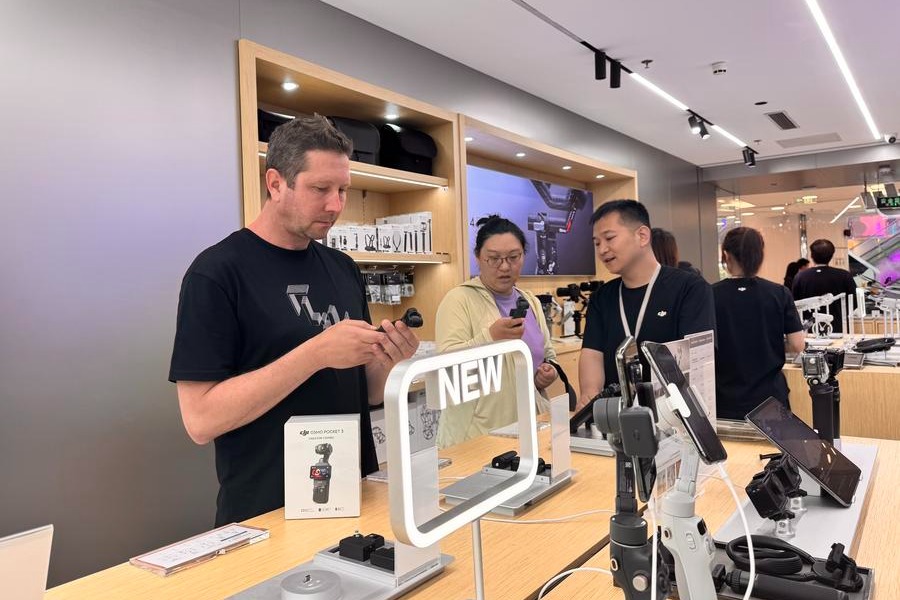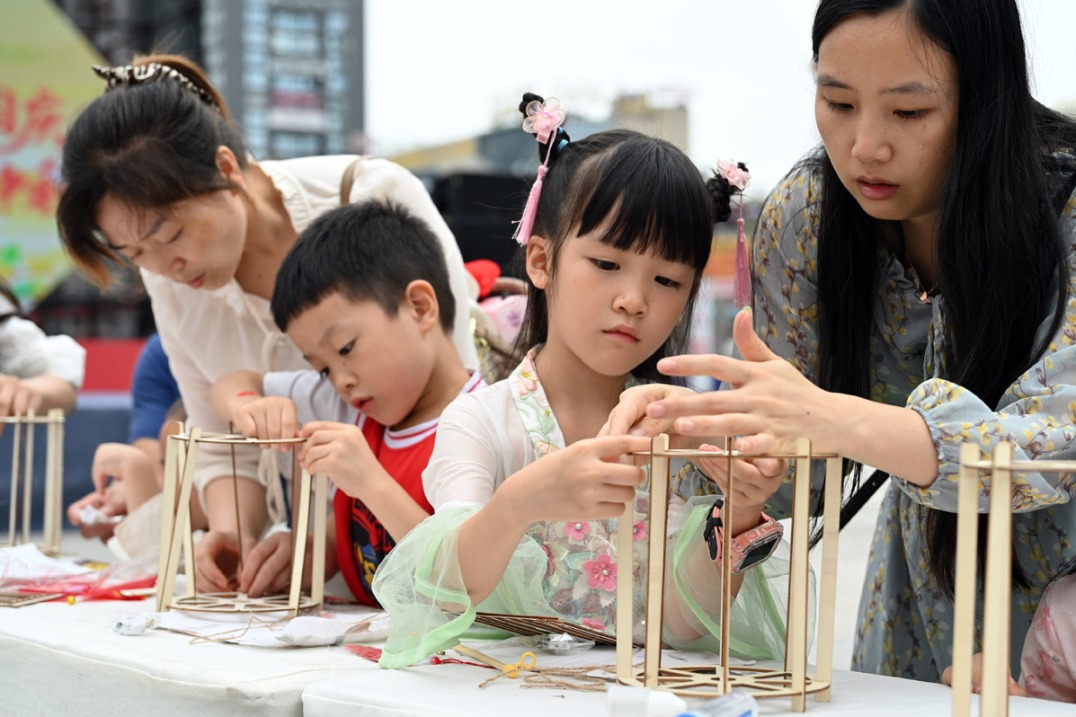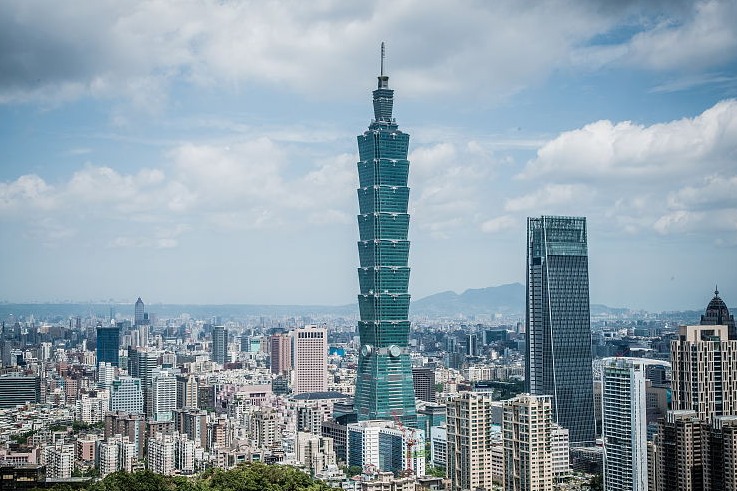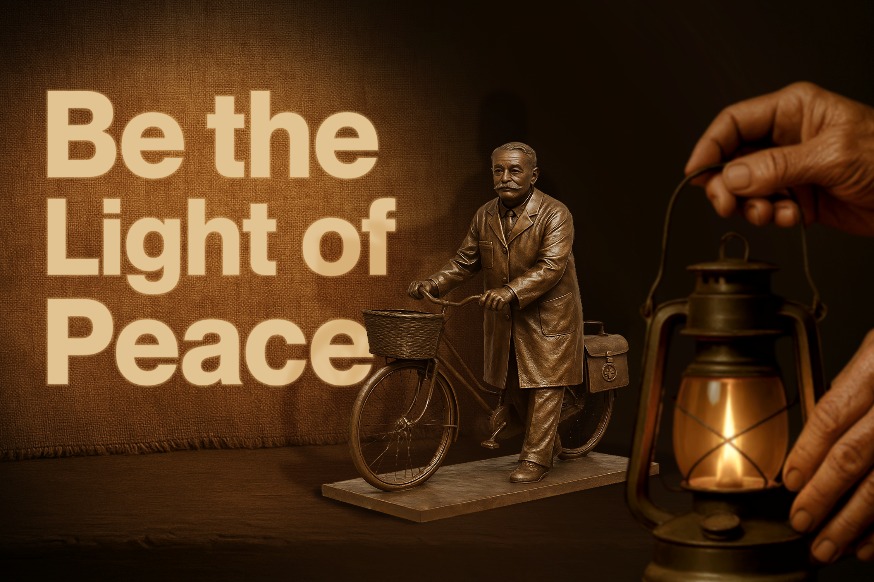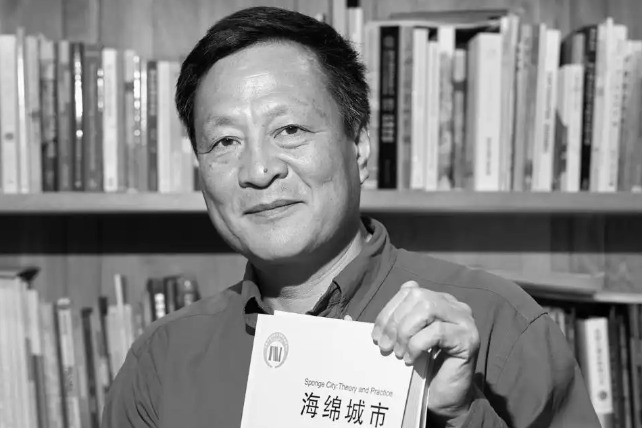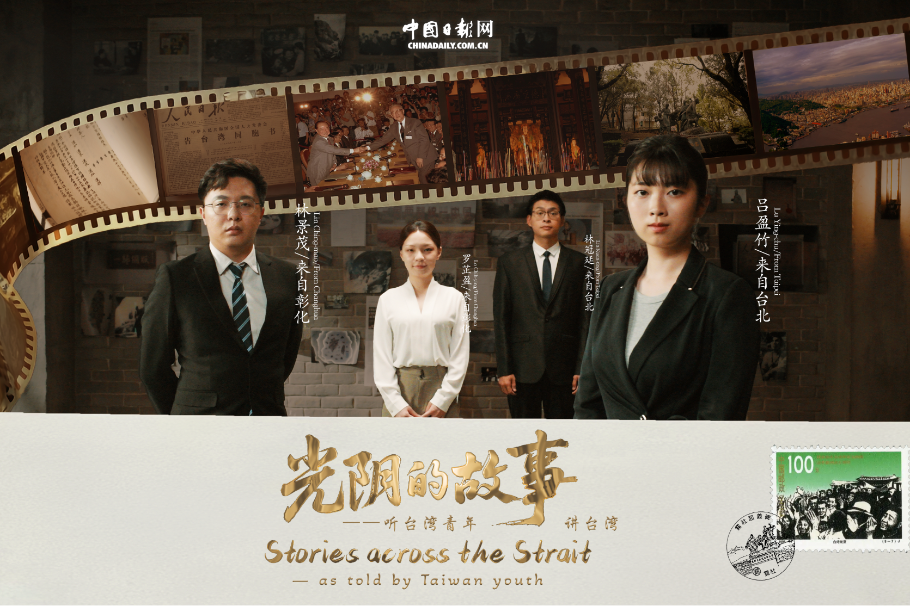A gift from star-reaching national missions

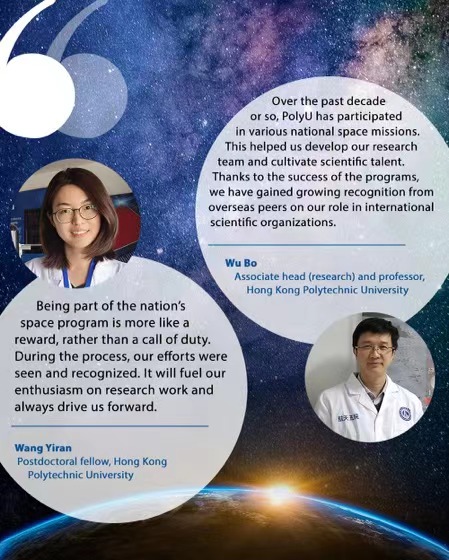
Wang was among a 20-strong PolyU team led by Professor Wu Bo of the Department of Land Surveying and Geo-Informatics. The team, at the invitation of the China Academy of Space Technology, was tasked with finding the safest site, or the flattest area with the gentlest slope, on Mars to land a spacecraft.
The Tianwen-1 project started in 2016. Comprising an orbiter, a lander and a rover, the spacecraft was launched on July 23, 2020.
Wang was the only member of the team to work alongside the national astronautic scientists in Beijing for the whole project. Her scientist colleagues, mainly graduates, doctoral and postdoctoral students, had to remain in Hong Kong due to COVID-19 travel restrictions between the special administrative region and the Chinese mainland.
She arrived in Beijing soon after the probe entered the Mars orbit in February this year. Various scientific probe findings, captured by advanced cameras and spectrometers by the Tianwen-1 probe, were sent to Beijing and she was responsible for transmitting the images of Mars back to her colleagues in Hong Kong for analysis.
With those materials and a deadline in early May, the team needed to conduct a thorough survey of an initial targeting landing zone of 12,600 square kilometers inside the Utopia Planitia, which is 11 times the size of Hong Kong, or two-thirds that of Beijing. The image files and data reached 100 gigabytes.
Wang was assigned to identify impact craters on the target landing site, which turned out to cover 670,000 craters.
Luckily, she got help from the AI-based algorithms that can automatically distinguish between craters and rocks from the high-resolution images.
Wang optimized the technology according to the Martian surface. The situation has been used in lunar explorations, but craters on Mars suffered from worse weather than those on the moon due to atmospheric motion.
The algorithms developed by PolyU substantially speeded up the work. Without AI-based technology, the tasks would have taken years to complete. In 2013, it took a dozen PolyU students more than three months to handpick all the potential obstacles within a much smaller landing area of the Chang'e-3 mission.
- Ancient grottoes in Southwest China survive, thrive via innovative measures
- Macao sees tourism boom during National Day, Mid-Autumn Festival holidays
- Shanghai's Huaxin town showcases rural revitalization efforts
- Taiwan residents flock to mainland during holiday season
- National Day holiday box office exceeds 1.6b yuan
- China rushes farm machinery to key grain belt as rain threatens harvest


















